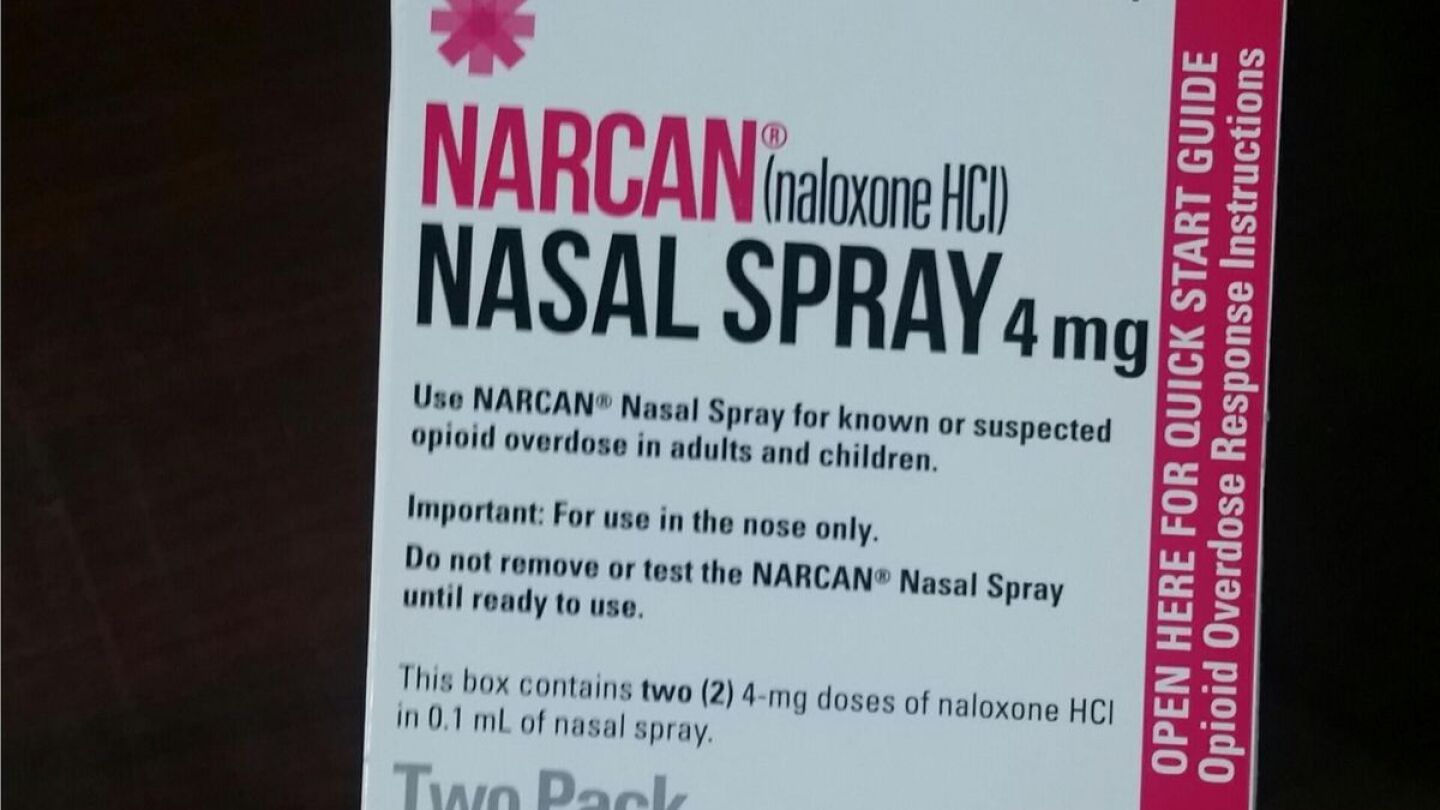Opioid Epidemic Resource Guide
The Opioid Epidemic Resource Guide is an essential resource that local and state government agencies are working to combat through prevention, treatment, and enforcement strategies. The epidemic has devastating effects on communities, requiring a coordinated response to reduce overdose deaths, support recovery, and hold accountable those responsible for illegal distribution. We’ve included tools like an interactive map of drug overdose deaths and a fentanyl overdose primer for medics. There are grant leads, news, and insights into topics like the public bathrooms crisis and strategies to increase treatment, intervention, and education.
Portland saw a record number of fatalities in the homeless population due to drug overdoses
Vine Grove Police Chief Kenneth Mattingly got the idea for the vending machine after a call officers responded to earlier this year
Some jails have also increased the availability of Narcan to reverse opioid overdoses
P.A.A.R.I. received grant funding to place 25 AmeriCorps drug recovery coaches at Massachusetts police departments.
The Police Executive Research Forum has issued a report recommending the most effective opioid crisis actions law enforcement agencies can take.
Public health, public safety and other officials from several Wisconsin counties formed a healthcare coalition to fight the community opioid crisis.
A peer support coach, and recovering addict, has connected more than 10 patients at Mount Carmel West Hospital with detox, long-term treatment and other services.
A poll shows 35 percent of firefighters are concerned about fentanyl hazmat preparation on overdose calls. Here’s guidance to protect first responders.
Drug enforcement thinking can evolve from the approach taken in the ‘War on Drugs’ to how to use an array of arrest and diversions strategies for rescue.
Paramedic chiefs advise on how data and other EMS actions are fighting the opioid crisis.
By using data, and focusing on preventing the next overdose, first responders and service agencies are finding success fighting overdoses in Lowell, Mass.
Judge Executive Kris Knochelmann was honored as part of Heroes Against Heroin for his work in fighting the opioid epidemic in hard-hit Kentucky.
A Massachusetts police agency wants to reduce officer fentanyl exposure after three cops went to the hospital following an overdose call.
Learn how the test strips work, how much they cost and get some resources for establishing a fentanyl test strips program targeting overdose reductions.
The Mercer County, W.Va., Commissioner will moderate the upcoming NACo opioid panel and helped compile an NACo/NLC opioid action guide.
The rise in calls and costs of overdose medication are putting EMS in the middle of arguments about treating opioid addicts.
Connecticut’s plan to increase youth access to substance abuse programs received a $3.2 million grant. Learn about the key components.
Animal therapy with dogs or horses may offer those with substance abuse disorder better relapse resistance, improved detox and faster recovery.
Medication-assisted treatment is something civic leaders can consider as they go forward in addressing a community’s opioid epidemic.















